By Catherine Hunt
On a day which felt like summer I ventured west towards the Lake District..........
passed the turning to Coniston and to Brantwood, onwards on the road to Millom, meeting my journey's end through the Duddon Valley.
I've known about the John Muir Trust for a few years now, been a member, received the newsletter, dreamed of visiting the first national park Yosemite each time I travel into the Lake District and think of the lineage of passionate people protecting nature, maintaining our wild places in the world. I've also thought about volunteering yet not managed to find the time. That was until now.
“When one tugs at a single thing in nature, he finds it attached to the rest of the world.”
― John Muir
Hardknott Forest is being restored to a native broadleaf forest to accompany the neighbouring ancient oak and birch woodland. It is an historic opportunity to create the largest area of semi-natural woodland in England linking Hardknott Forest with the existing woodlands in the Duddon valley, a series of ancient oak woodlands which snake down the valley all the way to the coast. One of the spectacular findings is how the forest is restoring itself.
"Non-native trees are gradually being removed and replaced with native species such as oak", says John Hodgson, Project Officer. "Some areas are regenerating naturally and we have seen holly, willow, birch and rowan all returning to the forest, with associated benefits for native wildlife. Other areas of the forest will remain as crag or bog. The local area is known to support rare mammal species such as dormice, otters and red squirrels, and birds increasingly seen here include great spotted woodpeckers, jays and bullfinches. Monitoring of the wildlife and vegetation is an ongoing and fascinating part of the project."
Rowan - The old Celtic name is 'fid na ndruad', which means wizards' tree. In Ireland it was planted near houses to protect them against spirits, and in Wales rowan trees were planted in churchyards. Cutting down a rowan was considered taboo in Scotland.
John, who is also getting a reputation as a master flapjack maker, explained to us how the increase in the number of Rowans in particular may have come from a flock of Fieldfare. The birds feast on the berries which then distribute the rowan seeds in their droppings, an essential part of the process is the removal of the seed husk as it travels through the birds digestive system, showing how vital the links are between species in maintaining biodiversity.
So in taking time out of my busy schedule to be #kindtome on a day off, taking myself out in the Lake District, I was helping and being #kindtotheplanet by helping to restore a piece of our precious earth.
